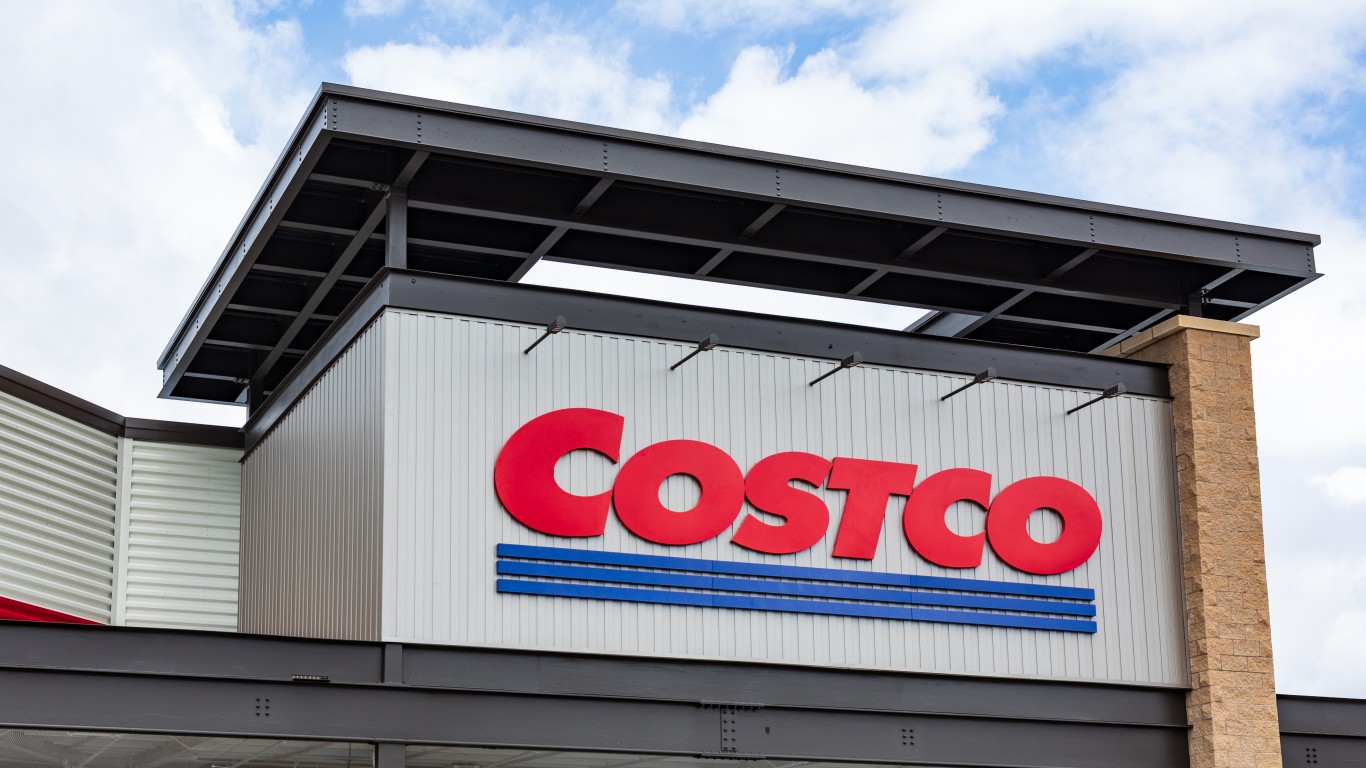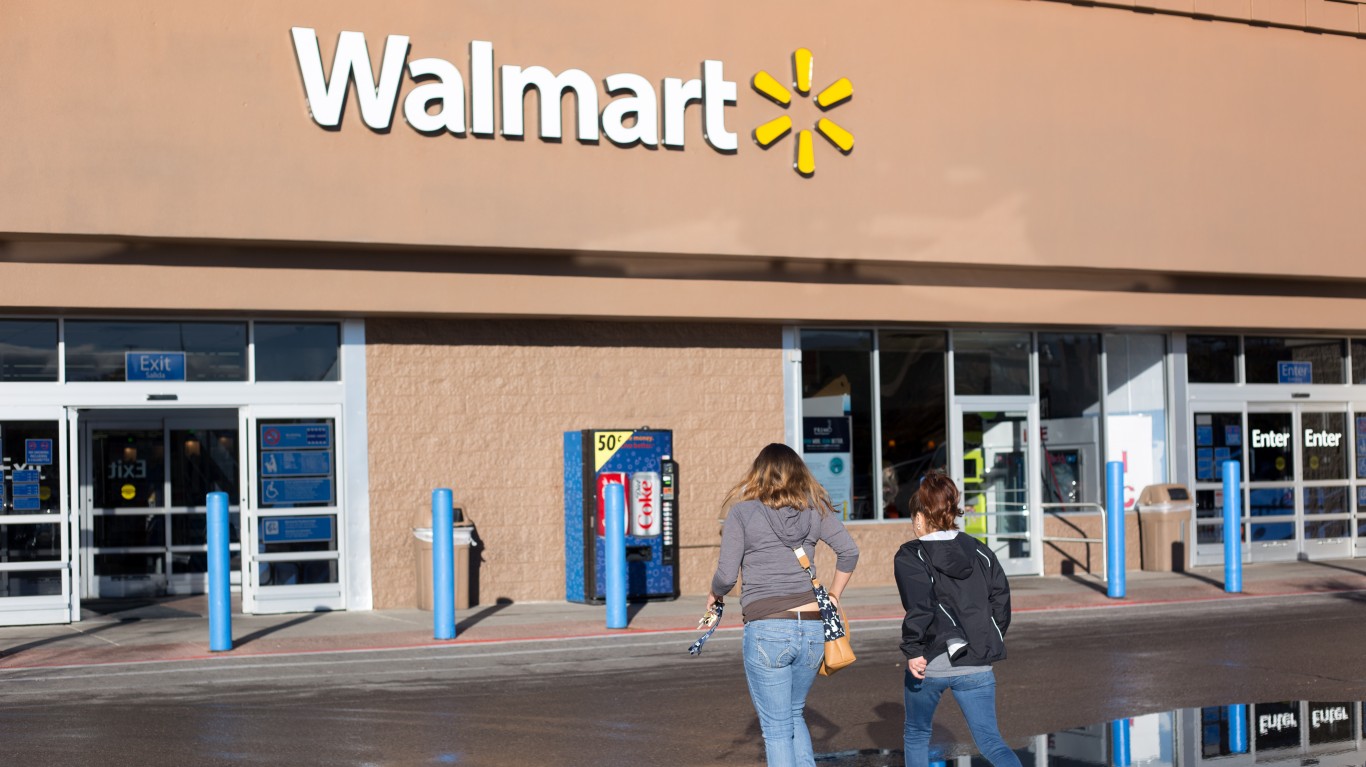Earlier this year, the National Retail Federation posted a forecast for holiday sales to rise 4.1% over last year. E-commerce results should yield results that are better. However, a new Gallup poll indicates these early forecasts display too much optimism.
Gallup’s latest measure of Americans’ Christmas spending plans finds U.S. adults projecting they will spend an average of $720 on gifts this year, up slightly from their $704 estimate in November 2013, pointing to an OK holiday season for retailers.
The numbers should register more concern when they get examined over a longer period:
Though up from 2013, the current spending estimate is well below the November reading in several earlier years, particularly in 2006 and 2007, when the figure exceeded $800. It is also below what Gallup found in October, when Americans predicted they would spend $781 this holiday season.
The retail industry should hope for the balance of the year to turn.
However, as November moves in to December, figures get less rosy:
According to Gallup’s modeling of how prior years’ spending forecasts compare with the final November-December retail sales figures for each year, Americans’ latest Christmas spending estimate points to an increase of between 2.2% and 3.5% in U.S. holiday retail sales, with the most likely outcome around 3%. Even at the low end, this would be an improvement over 2013, but this isn’t saying much, because last year’s sales were up only 1.5%, according to the Census Bureau’s GAFO (General merchandise, Apparel and accessories, Furniture and Other sales) retail sales estimates.
Stronger, larger retailers, which currently include Best Buy Co. Inc. (NYSE: BBY), Amazon.com Inc. (NASDAQ: AMZN) and Target Corp. (NYSE: TGT), could weather a difficult holiday. Sears Holdings Corp. (NASDAQ: SHLD), which owns Sears and Kmart, and J.C. Penney Co. Inc. (NYSE: JCP) face a permanent crippling.
Gallup makes one more point. Winter storms or “a major economic crisis” may turn the numbers down even further. Holiday sales pose a risk for many retailers.
Methodology: Results for this Gallup poll are based on telephone interviews conducted Nov. 19 to 20, 2014, on the Gallup U.S. Daily survey, with a random sample of 1,019 adults, aged 18 and older, living in all 50 U.S. states and the District of Columbia. For results based on the total sample of national adults, the margin of sampling error is ±4 percentage points at the 95% confidence level.
ALSO READ: The 20 Most Profitable Companies in the World
The Average American Has No Idea How Much Money You Can Make Today (Sponsor)
The last few years made people forget how much banks and CD’s can pay. Meanwhile, interest rates have spiked and many can afford to pay you much more, but most are keeping yields low and hoping you won’t notice.
But there is good news. To win qualified customers, some accounts are paying almost 10x the national average! That’s an incredible way to keep your money safe and earn more at the same time. Our top pick for high yield savings accounts includes other benefits as well. You can earn up to 3.80% with a Checking & Savings Account today Sign up and get up to $300 with direct deposit. No account fees. FDIC Insured.
Click here to see how much more you could be earning on your savings today. It takes just a few minutes to open an account to make your money work for you.
Our top pick for high yield savings accounts includes other benefits as well. You can earn up to 4.00% with a Checking & Savings Account from Sofi. Sign up and get up to $300 with direct deposit. No account fees. FDIC Insured.
Thank you for reading! Have some feedback for us?
Contact the 24/7 Wall St. editorial team.




